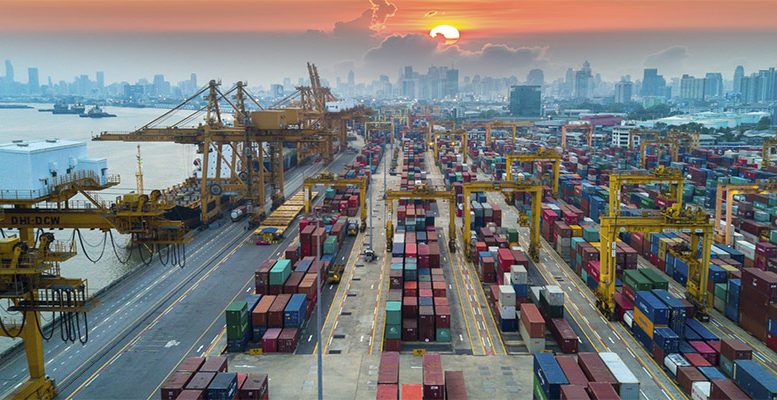For many years it has been generally accepted that jobs that had moved from Developed Market (DM) economies to Emerging Markets (EM) would never come back, and that supply chains would continue to be increasingly global and complex. More recently there have been hints of a reversal of that trend and here we provide new evidence of that reversal. In a survey we conducted of our analysts who cover 3000 companies, we found that companies in more than 80% of 12 global sectors (USD22tn market cap) in each of North America, Europe and Asia-Pacific (ex-China) have implemented or announced plans to shift at least a portion of their supply chains from current locations. Granted, most of these relocations are small compared to their installed base, but the breadth of the shift suggests to us that the trend of globalization to localization is real.
What are the driving forces propelling the shift?
What is striking is that there are so many reasons why companies are re-assessing their supply chains. Importantly, some reasons are financial, but not all. On the financial side, tariffs are obvious, but newer automation has also meaningfully narrowed the labor cost differential that made the original outsourcing so attractive, and, in addition the tax arbitrage has narrowed. On the non-financial side, national security is a growing factor as are the ESG concerns of high carbon footprints associated with long supply chains and potentially problematic employment practices. In our view, these movements are “tectonic”: slow moving, persistent with major changes to the business environment for global companies.
SE Asia, India, notably N. America intended destinations
Not surprisingly, South East Asia and India were the planned destinations for half of North American and Asian supply chains. Much more surprising was that companies in about half of all global sectors in North America declared an intent to ‘reshore’. This was particularly true for high-tech sectors and industries for which energy is a key input. If borne out, this could represent the first reversal in a multi-decade trend.
Investors underexposed to beneficiaries
We don’t think investors are fully prepared for this tectonic shift. In our view, the US could be a significant beneficiary of this process, while Chinese firms are perhaps most at risk. Even more striking, our survey found almost universal intent to use automation. This suggests our forecast of a doubling in industrial robots to 5mn units by 2025 may prove conservative, with bullish implications for capex and manufacturing. While our Economics team expects a cyclical recovery in US manufacturing by mid-2020, valuations and fund positioning suggest investors are not positioned for a sustained recovery in manufacturing. Increased spend in automation and manufacturing would have multiplier effects on the broader economy and be beneficial for financial services that cater to them. We recommend investors add exposure in automation, industrials and banks stocks in North America, South East Asia and India.





